Once upon a time, in a faraway land – farther even than the farthest kingdoms of the North – a queen born with the touch of winter’s breath reigned over a palace as frigid as permafrost and as fragile as blown glass…
Like so many of our trips into what almost was, you may think you know the prologue, but our story may not be quite what you expect… Long before Elsa, another icy princess nearly reigned over Fantasyland in a one-of-a-kind attraction once envisioned for Disneyland. The Enchanted Snow Palace would’ve sent guests on a watery voyage through a musical wonderland of joyful scenes, fantastic creatures, and a finale encounter the Snow Queen herself… Of course, it was never built.
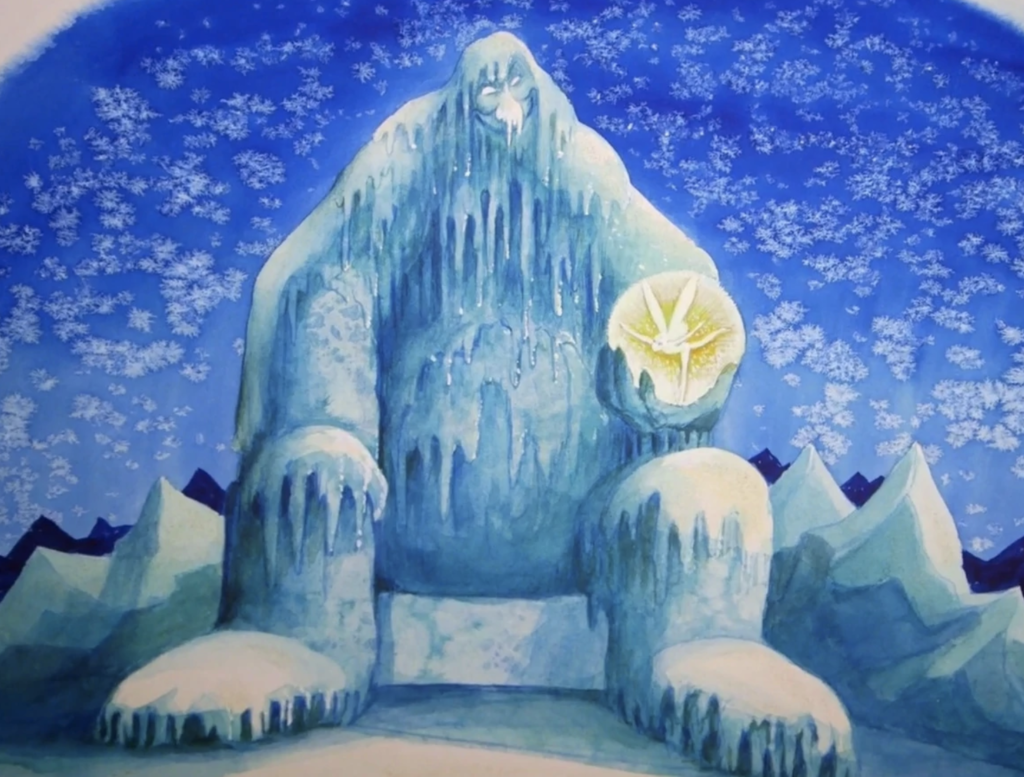
That makes it a perfect fit for Possibilityland – our growing collection of in-depth legends behind the could-be classics that were planned… but never premiered. From an entire theme park dedicated to the hard truths of America; a Californian EPCOT that would’ve redefined Disneyland; an unbuilt backlot of Muppet moviemaking; a sci-fi Tomorrowland that never was; and even complete walkthroughs of “alternate reality” Disneyland, Magic Kingdom, Epcot, and Hollywood Studios with their never-built E-Tickets in-tact…
En route to the icy realms of fantasy, we’ll dig into Disney’s seventy-year quest to melt the icy antagonist of “The Snow Queen” and trace animators’ on-again, off-again attempts to turn this Scandanavian legend into a workable character in films… and theme park rides!
And before we head off, remember that you can unlock rare concept art and audio streams in this story, access over 100 Extra Features, and recieve an annual Membership card and postcard art set in the mail by supporting this clickbait-free, in-depth, ad-free theme park storytelling site for as little as $2 / month! Become a Park Lore Member to join the story! Until then, let’s start at the beginning…
Storytellers
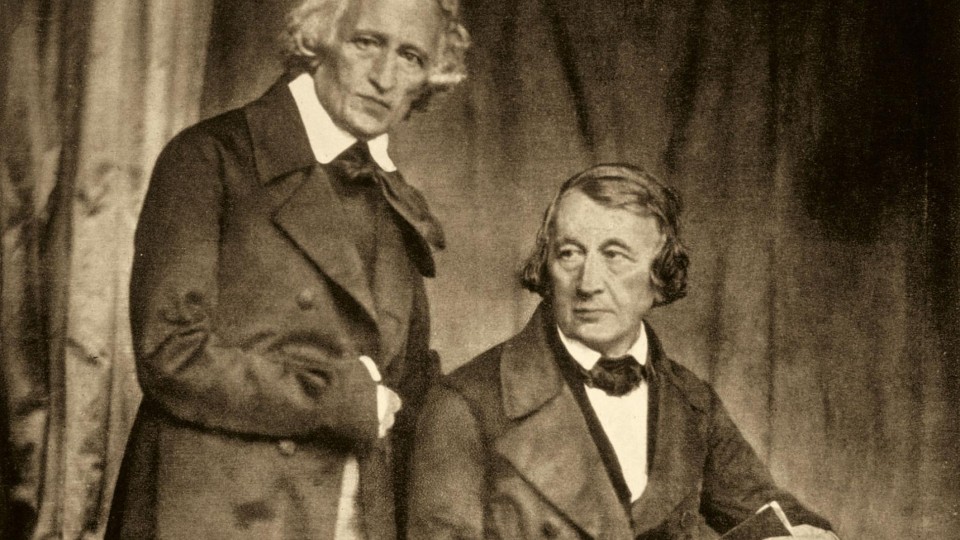
Though we rarely tend to think of it this way, most of Disney’s greatest stories weren’t originally Disney’s at all. In fact, in one of our in-depth Special Features here at Park Lore, we dove deep into the history of Disney Animation, and particularly of Disney’s longstanding tradition of “borrowing” tales from great storytellers of the past and creating the definitive versions of those stories for today’s generations.
One of the surest examples would be Jacob and Wilhem Grimm (above), German brothers who – by time Walt was born – had already collected dozens of popular tales from around Europe and assembled them in a written tome of fairy tales. Until the Grimm brothers’ physical recording of the tales of “Cinderella,” “The Frog Prince,” “Hansel and Gretel,” “Rapunzel,” “Sleeping Beauty,” and “Snow White,” they’d lived only through oral tradition, passed from generation to generation at bedtime.
The Grimm brothers’ versions of those well-known stories were the definitive versions of the tales for more than a century before the first Disney animators ever put ink to paper. But while the Grimm Brothers were collecting and curating tales woven by others, one of their near-contemporaries was creating a new generation of stories.
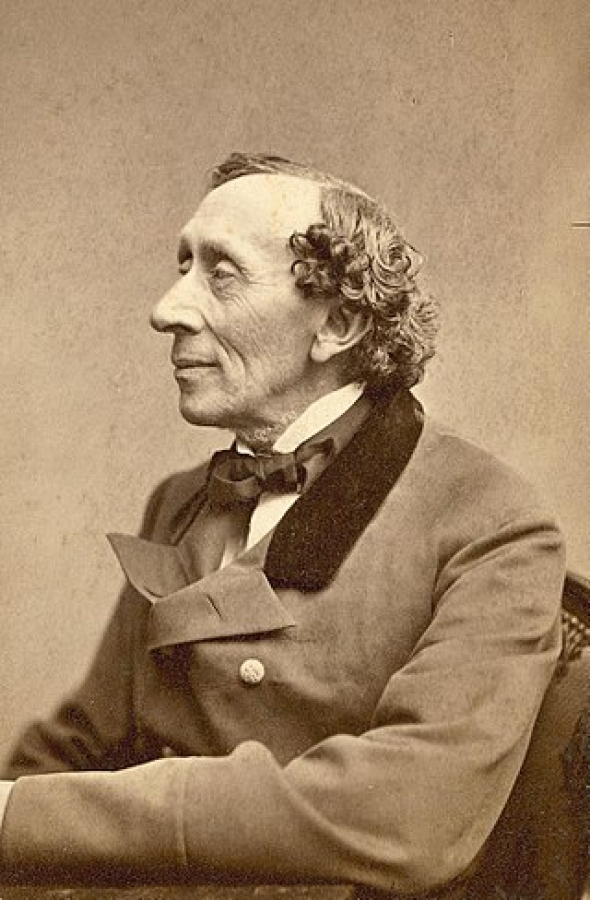
That would be Danish author Hans Christian Andersen – the prolific playwright and novelist born about a hundred years before Walt Disney, in 1805. Andersen is thought to have produced over three thousand written works in his lifetime. At the age of 32, he published his first collection of Fairy Tales, which included “Thumbelina,” “The Princess and the Pea,” “The Emperor’s New Clothes,” and “The Little Mermaid.”
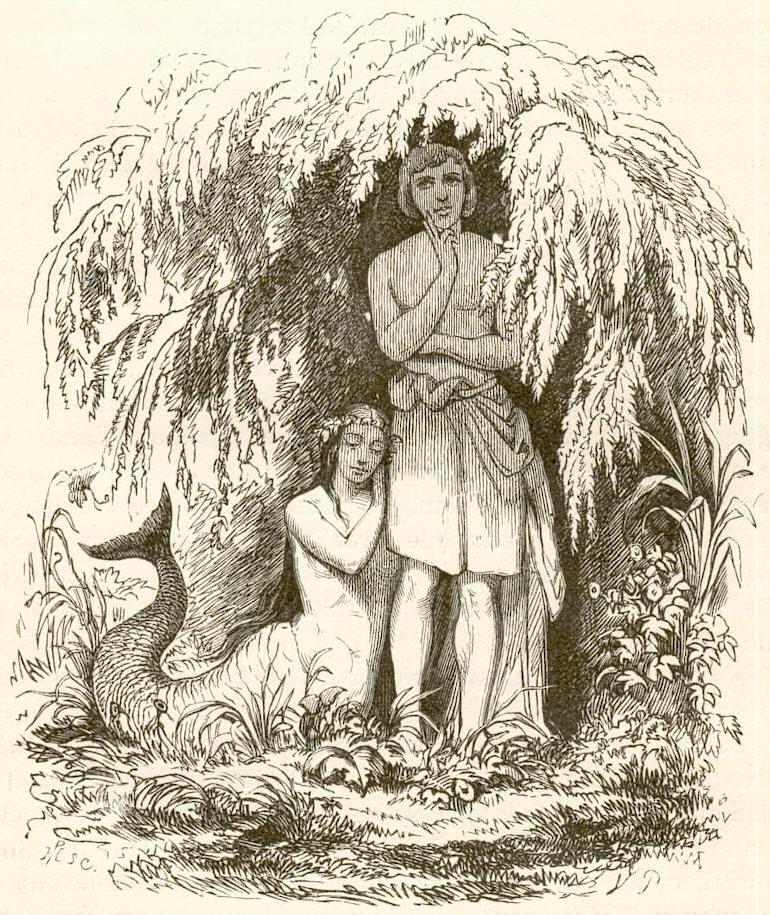
Though it might seem impossible that so many tales so deeply embedded in our collective consciousness could originate from one man, Andersen wasn’t finished. In the 1940s, subsequent collections produced “The Steadfast Tin Soldier,” “The Little Match Girl,” and “The Ugly Duckling.”
You can imagine why Andersen was and is renowned for the way his stories appeal to children, but always rose to present lessons of virtue and resilience – a feature that allows his tales to transcend time, generations, and cultures. But Andersen’s longest and most unique work was published December 21, 1844…
“The Snow Queen”
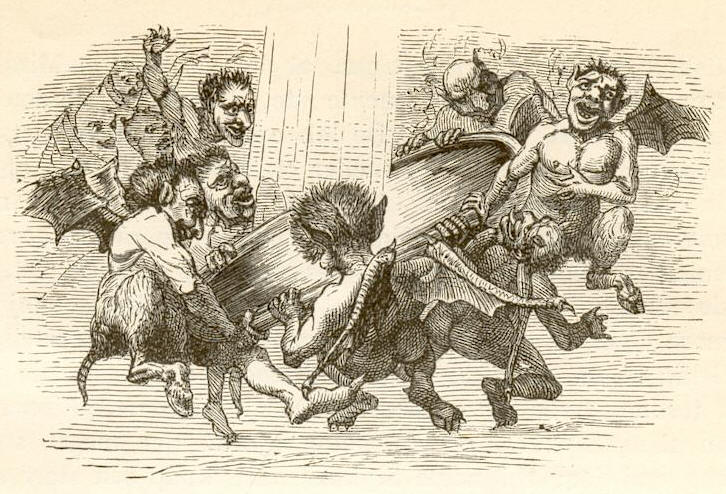
Remembered today as one of Andersen’s most prolific works, “The Snow Queen” is an epic and complex tale telling of a sinister mirror crafted by the devil that distorts anything it reflects, allowing people to only see the darkness in others. When demons attempt to carry the mirror into the heavens to infect the angels, the mirror shatters, leaving its shards to fall to earth, concealed in the snow.
The falling glass lands in the eye of a young boy named Kai, changing him and sending him out into the snow where the beautiful Snow Queen awaits, ferrying him away to her ice palace. That leaves his friend, Gerda, to set off on an epic quest to find the Snow Queen’s castle hidden in the permafrost, and to break the mirror’s spell over Kai before his heart freezes solid.
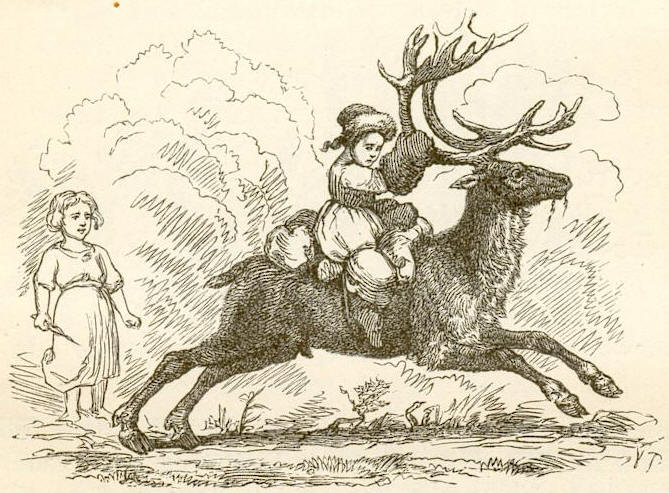
With a single kiss, the Snow Queen erases the little boy’s memory of his family and friends, leaving him in her frozen palace to play with shards of ice and snow. The elegant, beautiful, and mysterious Snow Queen then disappears into the night. Gerda, arriving just in the nick of time with a band of friends she’s met along the way, saves Kai with her tears in an act of true love defying the romantic norm, and as the pair return to their town, they find that winter has come to an end.
As you can imagine, Walt and his animators set their sights on “The Snow Queen” as far back as 1937, with the story considered a contender to follow up Snow White and the Seven Dwarfs as a full-length animated feature. In the early 1940s, Disney connected with Samuel Goldwyn (later, the “G” in “MGM”) about co-producing a live action biopic of Andersen’s life, suggesting Disney animators create shorts out of “The Little Mermaid,” “The Ugly Duckling,” and “The Snow Queen” to intersperse throughout in a hybrid animation style. (Ultimately, MGM did move forward with 1952’s Hans Christian Andersen, but the stories interspersed throughout were told through ballet, not Disney animation.)
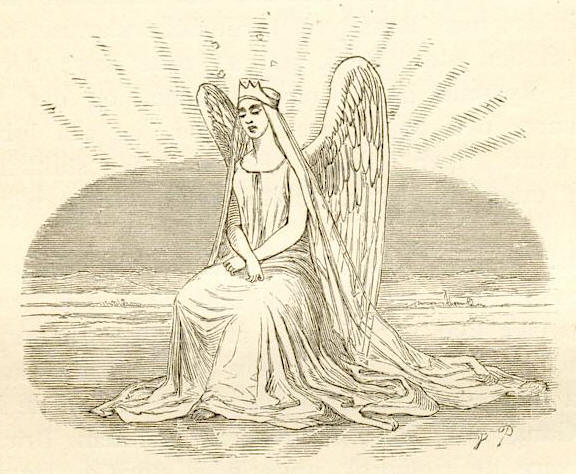
Disney animators continued to play with Andersen’s stories (primarily, “The Little Mermaid” and “The Snow Queen”) but ultimately, “The Snow Queen” had a fatal flaw: the Snow Queen herself. Try as they might, Disney animators allegedly struggled with adaptating the tale because of its icy antagonist. The enigmatic and amoral Snow Queen is present only briefly in the story, and doesn’t exactly come across as a “villain.” Though the world Andersen had imagined was compelling, the story lacked a cinematic narrative and the essential conflict that would be needed to make sense in a film.
But even if Disney couldn’t adapt this particular fairy tale into a movie, it didn’t mean that the character and world couldn’t become useful. One Disney animator was excited about the opportunity to bring the Snow Queen to life outside the silver screen. What might a ride through the Snow Queen’s frozen world look like?
Marc Davis

To find out, we need only look through the portfolio of Disney Legend Marc Davis. One of Walt Disney’s “Nine Old Men” – the original team of animators at Walt Disney Animation – Marc is more than just a Disney Legend; he’s the creative designer who crafted the iconic Disney versions of those fairy tale characters. Among Marc’s distinctive creations? Snow White, Bambi, Cinderella, and Cruella da Ville, to name just a few.
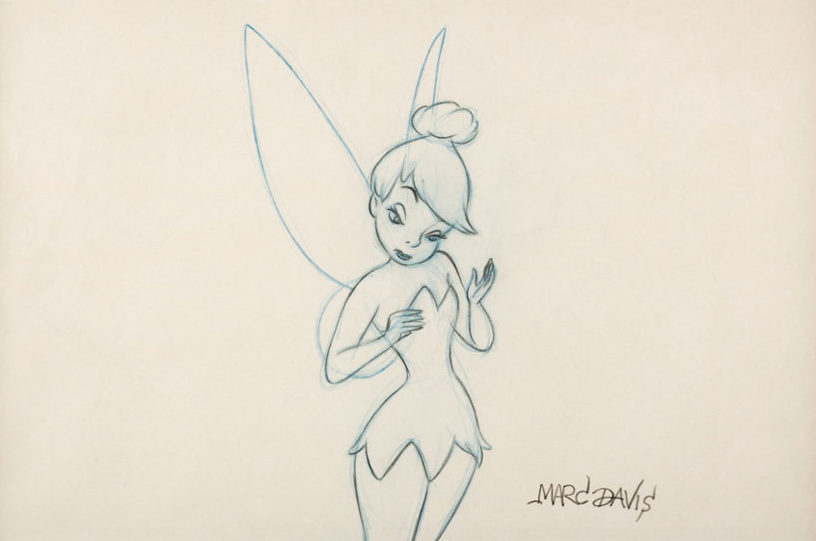
So when you hear that Disney borrowed from timeless tales and crafted their definitive versions, we really should say that Marc Davis did. The final looks of Mr. Toad, Alice, Br’er Rabbit, Maleficent, and Tinker Bell? Those are Marc’s designs. Though each character existed before Disney’s adaptations, it was Marc’s interpretation of each that became his or her definitive form; the “truest” version of each character in pop culture.
So it’s no surprise that Walt famously said, “Marc can do story, he can do character, he can animate, he can design shows for me. All I have to do is tell him what I want and it’s there! He’s my Renaissance man.”
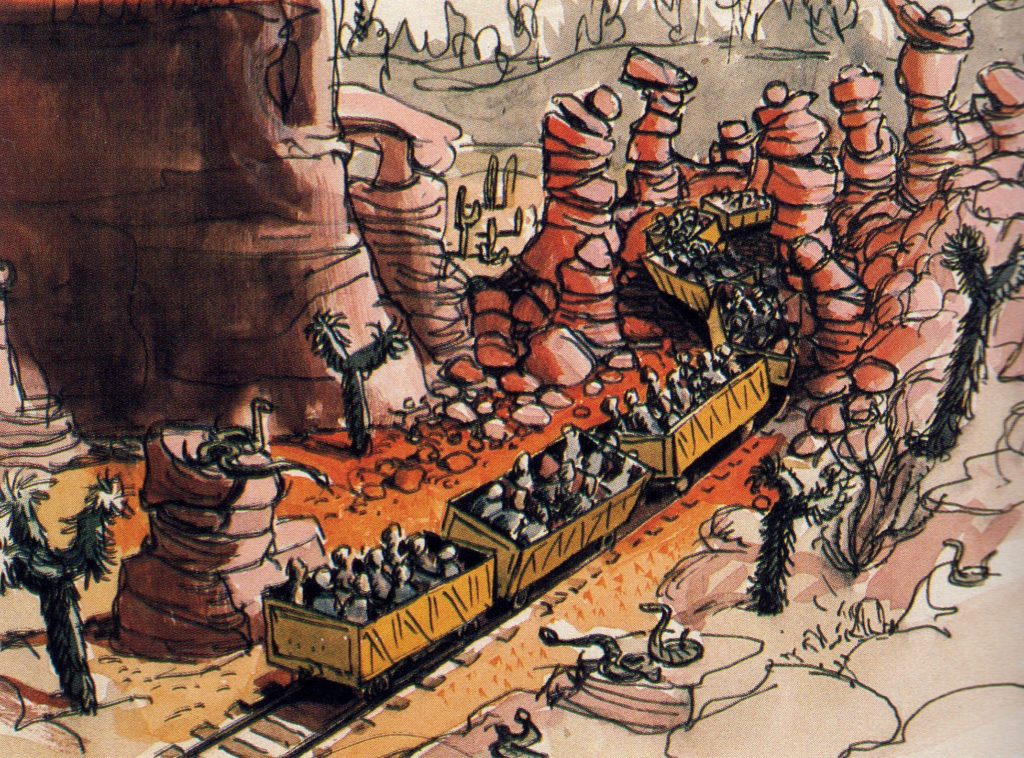
That becomes especially important in the 1960s, when Walt asked Marc to come over to Disneyland and take a look at some of the attractions there. In 1962, Walt asked Marc to bring his character eye and penchant for perfectly staged animated scenes to Disneyland, and particularly to take a “good, hard, critical look” at one of the park’s signature attractions: Frontierland’s Lost Legend: Mine Train Through Nature’s Wonderland. Walt was somewhat unsatisfied with the attraction, which had only opened in 1960 as a supposed American west equivalent to the Jungle Cruise.
“There was an awful lot of things wrong,” Marc reported later. “They had no gags in it; no story at all… One kit fox’s head is going up and down, then about a hundred feet away another kit fox’s head is going left to right, so I took the two, put them nose to nose, so one is going up and down, the other moves side to side, so immediately you have humor!”
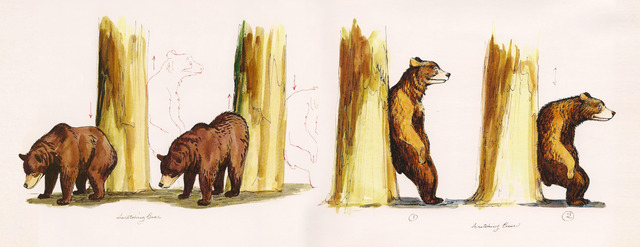
Marc doodled and carefully noted the ways in which he thought that the Mine Train could be given new life with an infusion of character and humor… and when he reported back to Walt that morning with his ideas, everything changed.
Within a few hours, Marc found himself standing before a group of Imagineers at WED Enterprises – the very people whose ride he was asked to critique – to read off his ideas for improving the Mine Train. Marc recalled watching as the Imagineers grew angrier and angrier that this “stranger from animation” thought he could criticize their work.
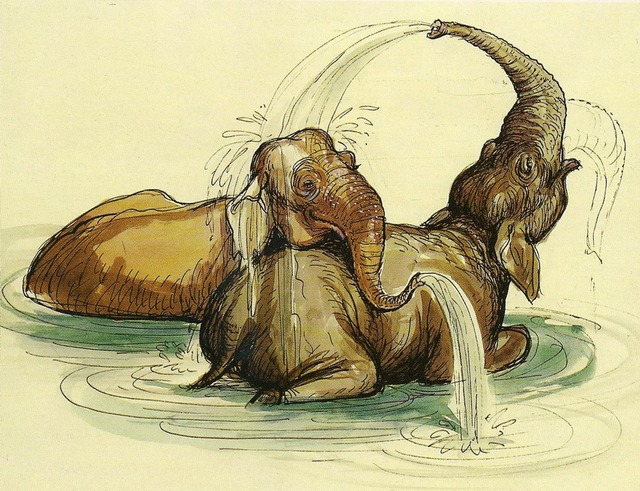
Though he still technically worked for the studio, Marc became Walt’s go-to for restaging Disneyland’s rides to include more humorous vignettes and iconic characters. Walt’s seeming favoritism of Marc’s designs caused some hostility, and Marc spoke of an unnamed WED Enterprises executive who walked by his desk while he was sketching and condescendingly asked, “And what are you doing with your little pencil now?”
What he was doing was exactly what Walt had asked. Even if he initially made few friends in Imagineering, Marc had a friend in Walt.
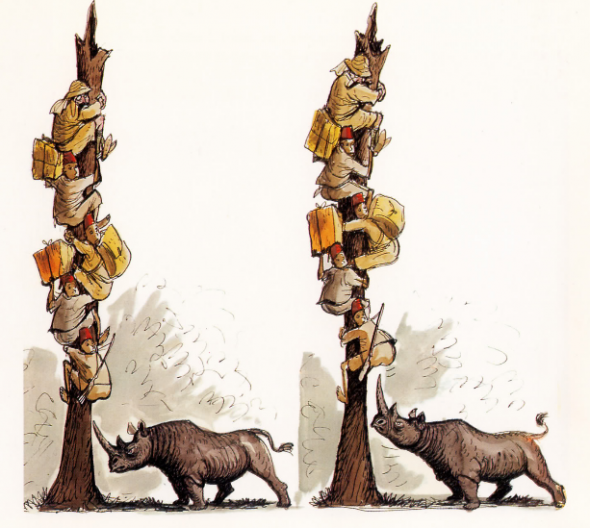
He was asked to add his signature staging and humorous vignettes to a redesign and expansion of Disneyland’s Jungle Cruise, which – throughout the 1960s – gained the Indian elephant bathing pool, the ruins of a temple of Ganesha, the design of the African veldt scene, and the iconic “trapped safari,” all instantly recognizable as the kind of beautifully staged, humorous scenes Marc was known for.
It makes sense, doesn’t it? Those signature set-ups all read like snapshots in a film. Davis was somehow able to expertly stage those scenes as living moments, perfectly translated from “screen to stage” before our very eyes. And that’s far from the last. Marc’s character genius would add life to three of Disney’s fabled Audio Animatronic productions – the Modern Marvels: The Enchanted Tiki Room (1963), Carousel of Progress (1964), and Country Bear Jamboree (1971) – literally forging the art of robotic animation.
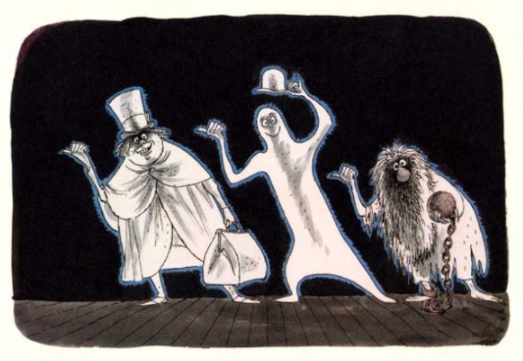
But perhaps most memorably, Marc is famously recalled as the mind behind the singalong, character-focused second half of both Pirates of the Caribbean and the Haunted Mansion (opposite his peer, Claude Coats, who handled the atmospheric, eerie, characterless first-halves of both).
And as development picked up on the brand new Walt Disney World in Florida, Marc Davis designed two incomparable masterworks showing off the full force of his character and stage set-up skills… Attractions that he thought would best even Pirates and Haunted Mansion for their scale! Read on…


